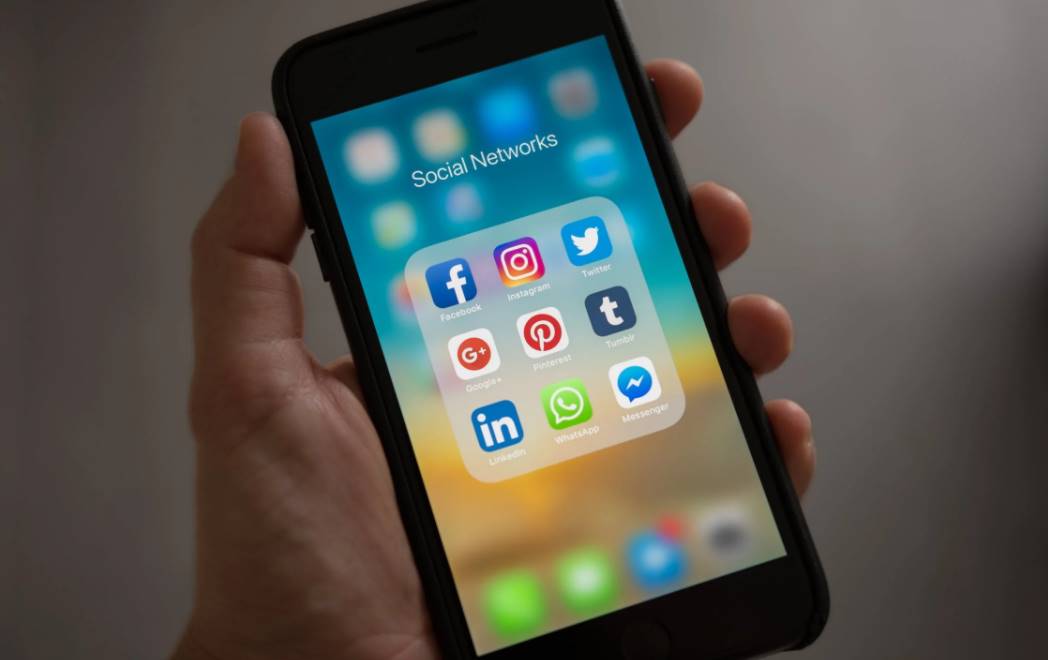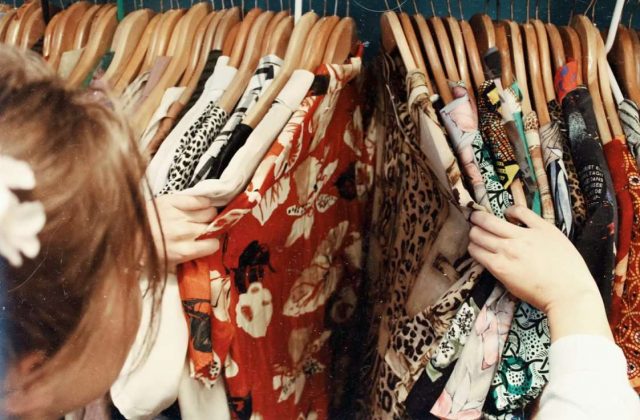When you get your initial paycheck from your first job in your career field, you practically feel like a millionaire. Before you go hog wild and blow it on your entire Amazon wishlist, though, it’s time for a reality check. Life in the real world is expensive. Start off on the wrong foot now, and you’ll be playing catch-up for at least the next decade.
Now is the right time to take a pause and plan out your financial moves. Whether you’re new to personal finance or feel adequately schooled by your parents on the topic, hang tight. You should still research and create a plan that works best for your lifestyle and preferences. Your life as a young professional is unique to your experiences. A sustainable financial plan has a better chance of working if you’re the one who created it.
Check out these eight tips to get you started on your financial planning journey.
1. Understand How Credit Scores Work
Your financial life is quickly summarized by your credit score. Calculated taking into account five factors depicting your financial habits, your score can help you get, or lose, financial opportunities. Learn how your score is determined and make monthly financial plays that will enhance it.
Payment history, credit utilization, credit mix, new credit, and credit history length all go into creating your score. To easily boost your credit score, pay your bills on time and use less than 30% of your credit limit. If you’re new to credit, consider getting a credit builder card. Many issuers skip the credit check and can help you build out your credit profile. With such a card, you’ll have a better credit mix and can demonstrate a good payment history and responsible credit usage.
2. Know Your Monthly Obligations
Chances are, this is the first time you’ve been responsible for a full-blown budget. Even if you lived in an apartment in college, the experience of managing an entire household budget is different. Before you sign up for entertainment packages or internet service, review your total expenses for each month.
List out your necessities such as food, utilities, and rent. Account for car payments, insurance, student loans, and other obligations. Tally these up and see how much money is left over for luxuries like shopping, dining out, and lifestyle expenses.
Once you have a handle on your income, your obligations, and your desired lifestyle expenses, you can make better choices. Make sure you conduct this exercise before you commit to any service plans requiring a long-term commitment.
3. Learn About Your Spending Habits
After you’ve become familiar with how much money you have available for spending each month, track your habits. Keep all your receipts for the next couple of months and go through them with a fine-toothed comb. Log everything, even if you find the task to be tedious. Better yet, skip the tedium by using an app like Mint or your debit card app to keep tabs on expenditures.
Once you reach the end of the month, review your patterns. If you find that you spent a lot of money on dining out, consider how important that is to you. Cooking for yourself more often may leave your funds to spend on things (books, travel, live music!) you value more. Repeat this analysis to help you develop a sustainable budget.
4. Build a Sustainable Budget
The word “sustainable” is essential here. Budgets only work if you work them. It may be exciting to list out a budget that shows you depositing hundreds of dollars into savings each month. But it’s only going to be demotivating if you develop an unrealistic budget that you fail to meet every time.
Review your real-life habits and consider what adjustments you want to make that are actually doable. Once you have a plan in place, execute that budget and check in often. Adjust as necessary, based on your goals and life needs. When your income increases, temper your desire to increase your budget or buy a new toy. Try to save at least half and build yourself a cushion in variable categories where it’s needed.
5. Develop a Debt Repayment Plan
If you have debt obligations, now is the time to develop a repayment plan. Typically, your lenders will have provided you with a repayment term at a fixed or variable rate. Make the minimum required payments on your accounts and consider whether you can pay more toward at least one of them.
To pay down debts, some people prefer the debt snowball method. In this approach, you pay as much as you can toward the smallest loan balance. When that bill is paid, you take the amount you were paying on that loan and direct it toward the next smallest. You repeat this exercise until all of your debts are paid off.
Others prefer to focus on eliminating the highest-interest debt first. In this approach, you pay as much as you can toward the highest interest-earning debt. Once that is repaid, apply the amount you were paying toward the debt with the next highest interest rate. No matter what method you choose, eliminating debt will work in your financial favor. When you’re debt-free, be sure to celebrate by stashing the money you were paying toward debt into savings or retirement.
6. Don’t Sleep on Your Employer’s Benefits Package
While your employer pays you a salary for your labor, don’t forget that you are also earning valuable benefits. You may be the most familiar with your health insurance benefits, but your employer may have more to offer.
Review your benefits portal to see whether there is anything you are not yet taking advantage of. Many employers offer retirement savings plans that also match up to a certain percentage. Don’t let free retirement money get away from you.
If you’ve chosen a high-deductible health insurance plan, see whether your employer offers (and contributes to) a health savings account. This tax-free contribution can be used for qualified health care expenses and does not have an expiration.
7. Structure a Savings Strategy
Ideally, you’re able to allot money each month toward your savings goals. Review your budget for the amount you have for savings and allocate it to strategic categories. You can save for general emergencies, vacations, and large purchases. You’ll also want to store up cash to protect yourself from unexpected job losses.
In addition, it’s a good idea to build up reserves in case you need to make a massive life change. For example, if you find yourself in an unhealthy relationship, a financial buffer can help you leave that situation easily. On a happier note, savings can help you fund the wedding of your dreams. Protect your finances and your well-being by prioritizing savings.
8. Get Ready for Retirement — Even Though You Just Started Working
Compound interest is practically magical. The sooner you start saving, the sooner your investments can earn returns that also earn returns. Typically, individuals who start saving even a small amount at a young age can surpass later savers.
Aim to save at least enough to earn your employer’s matching contributions. Once you’ve met that goal, consider whether you should save more pre-tax dollars. If you’re nearing the income cap for participation, a post-tax Roth account may be right for you. Everyone’s situation will be different, so be sure to model different options. If you need help, contact a trusted financial advisor.
Making It Happen
Managing your finances is something you’ll always have to do, so the sooner you begin, the better off you’ll be. Give your finances attention now, and you’ll find more freedom as your career and your financial plan mature.
With each new career and life advancement, you’ll be well prepared for what’s ahead. Take the time to organize your finances now so you can focus on life instead of worrying about money.






 Builds Confidence and Trust
Builds Confidence and Trust Jealousy
Jealousy



